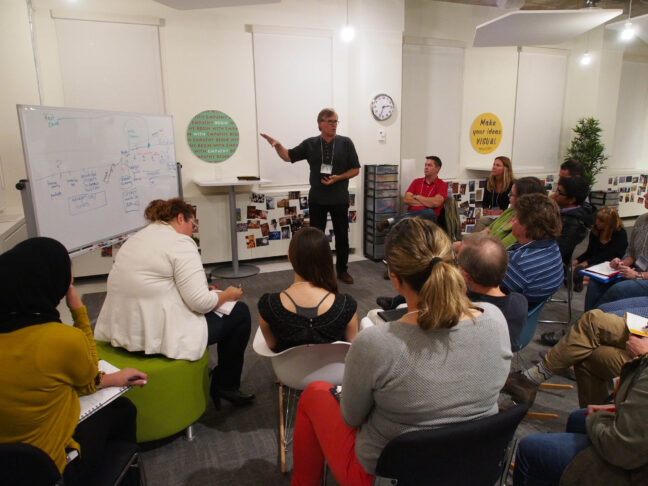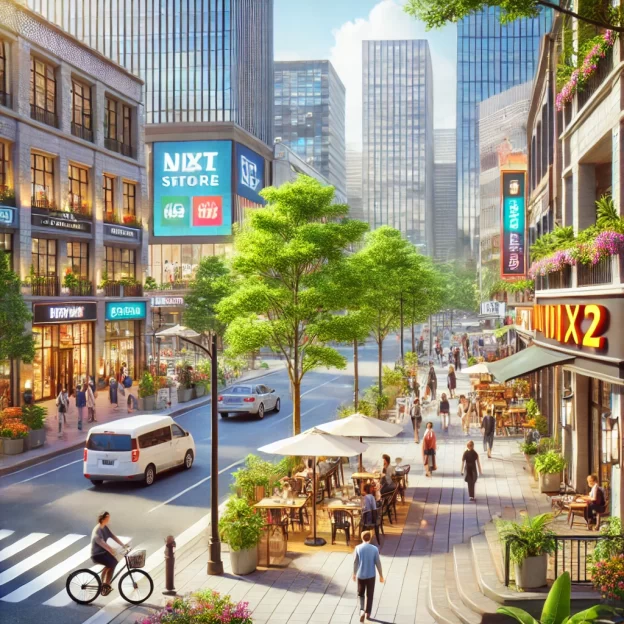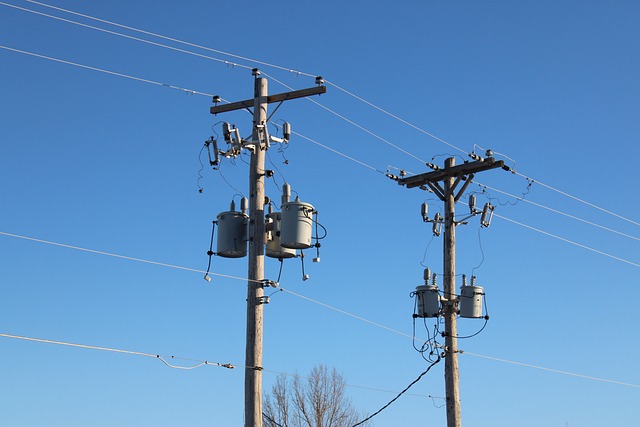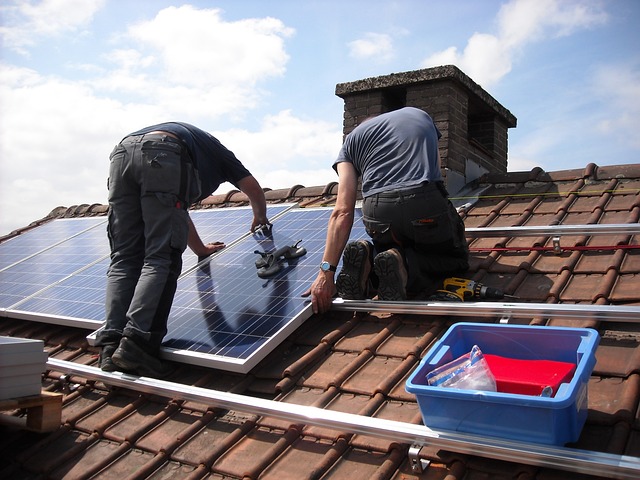Wayfinders’ Code of Nature: Rediscovering Wisdom for a Complex World
In a time when life feels increasingly chaotic, competitive, and uncertain, Wayfinders invites you to reconnect with an ancient and emerging truth: Nature is not random. It is intelligent, patterned, and purposeful. And we can be, too. Wayfinders is a community of entrepreneurs, thinkers, and changemakers who believe that building thriving businesses — and lives … Read more









